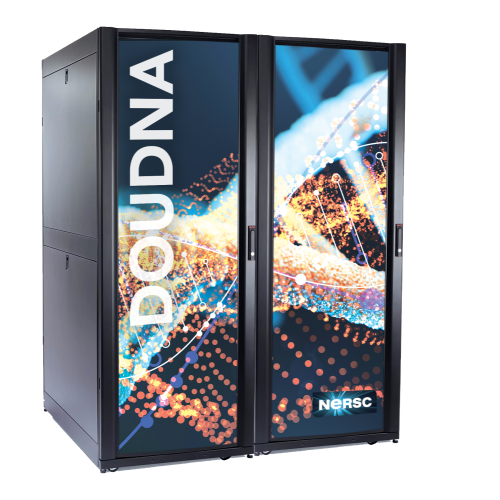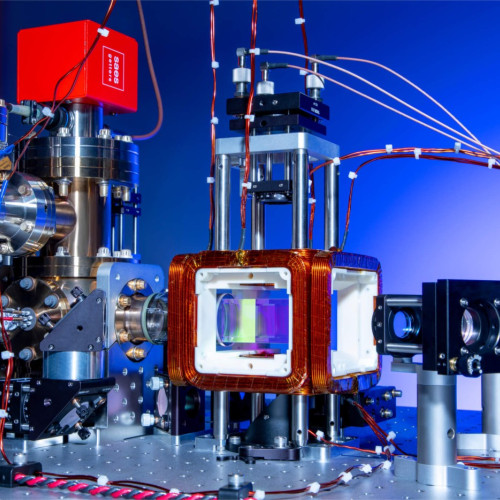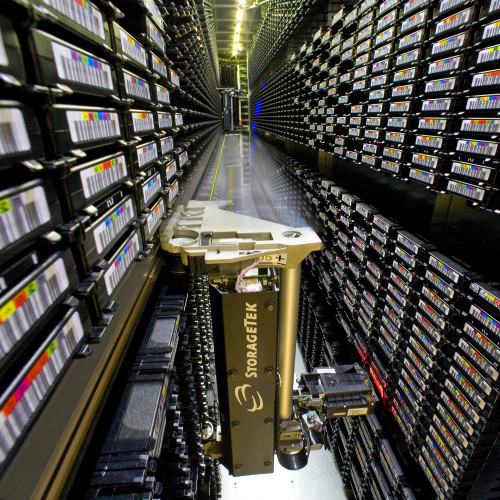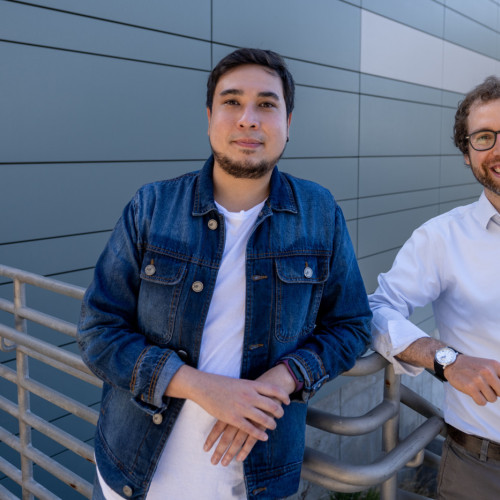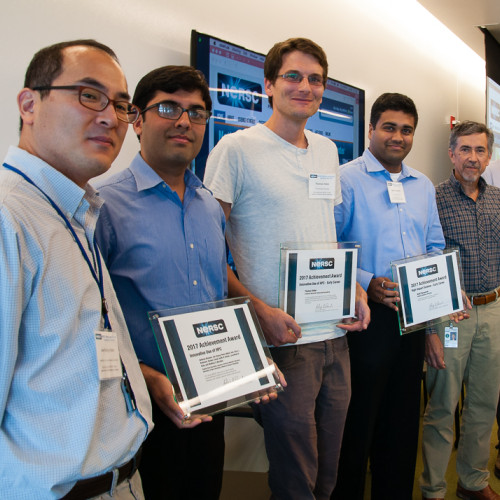What We Do
Computing for Science
NERSC operates at the leading edge of high performance computing for science, offering state-of-the-art computing resources for researchers and engaging with emerging technologies.
Support for Scientists
By helping to develop both people and code, NERSC makes it possible for researchers at every level to reap the benefits of high performance computing.
Workforce Development
NERSC invests in the future of scientific computing, supporting early-career researchers through fellowships, internship opportunities, professional development programs, and more.

